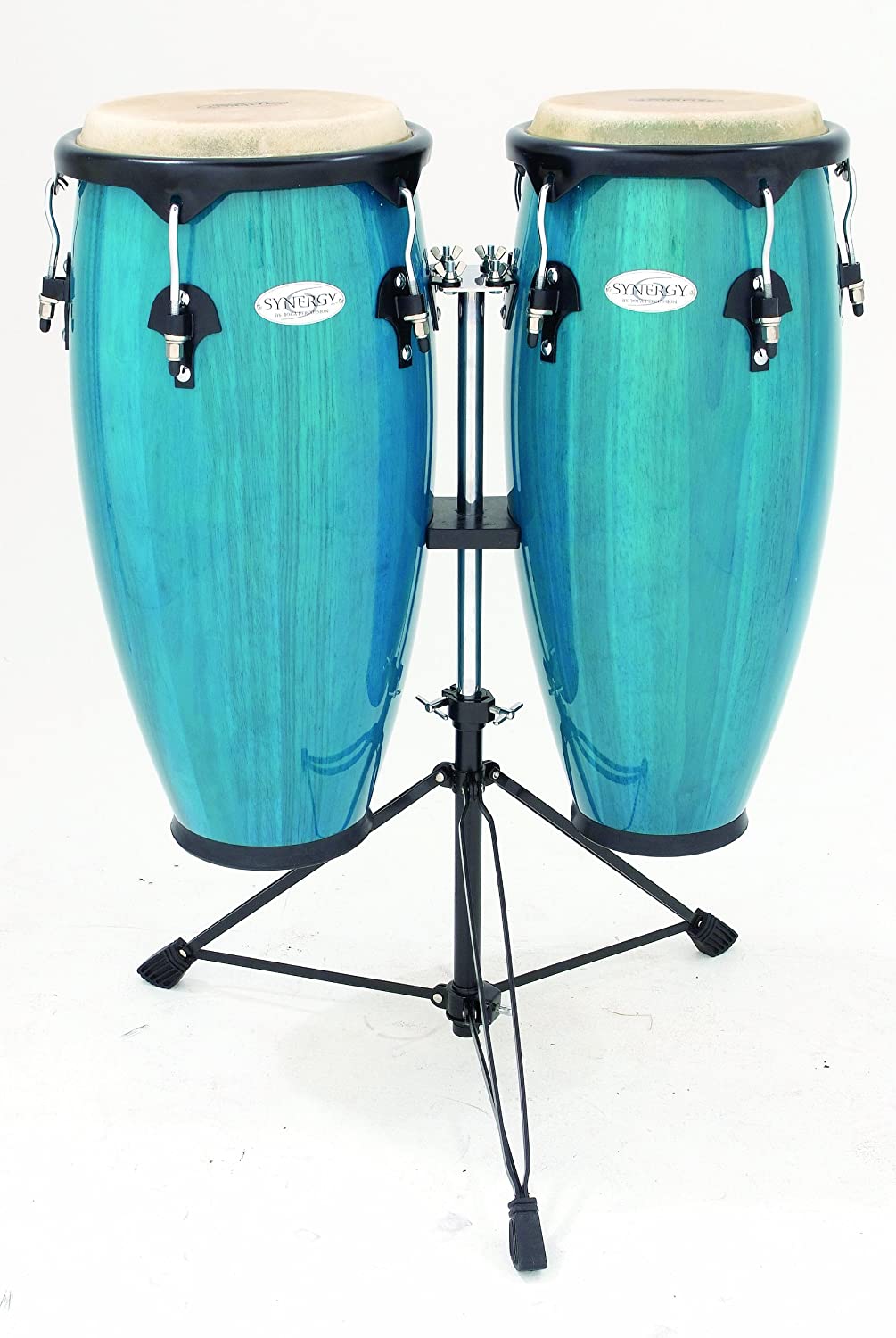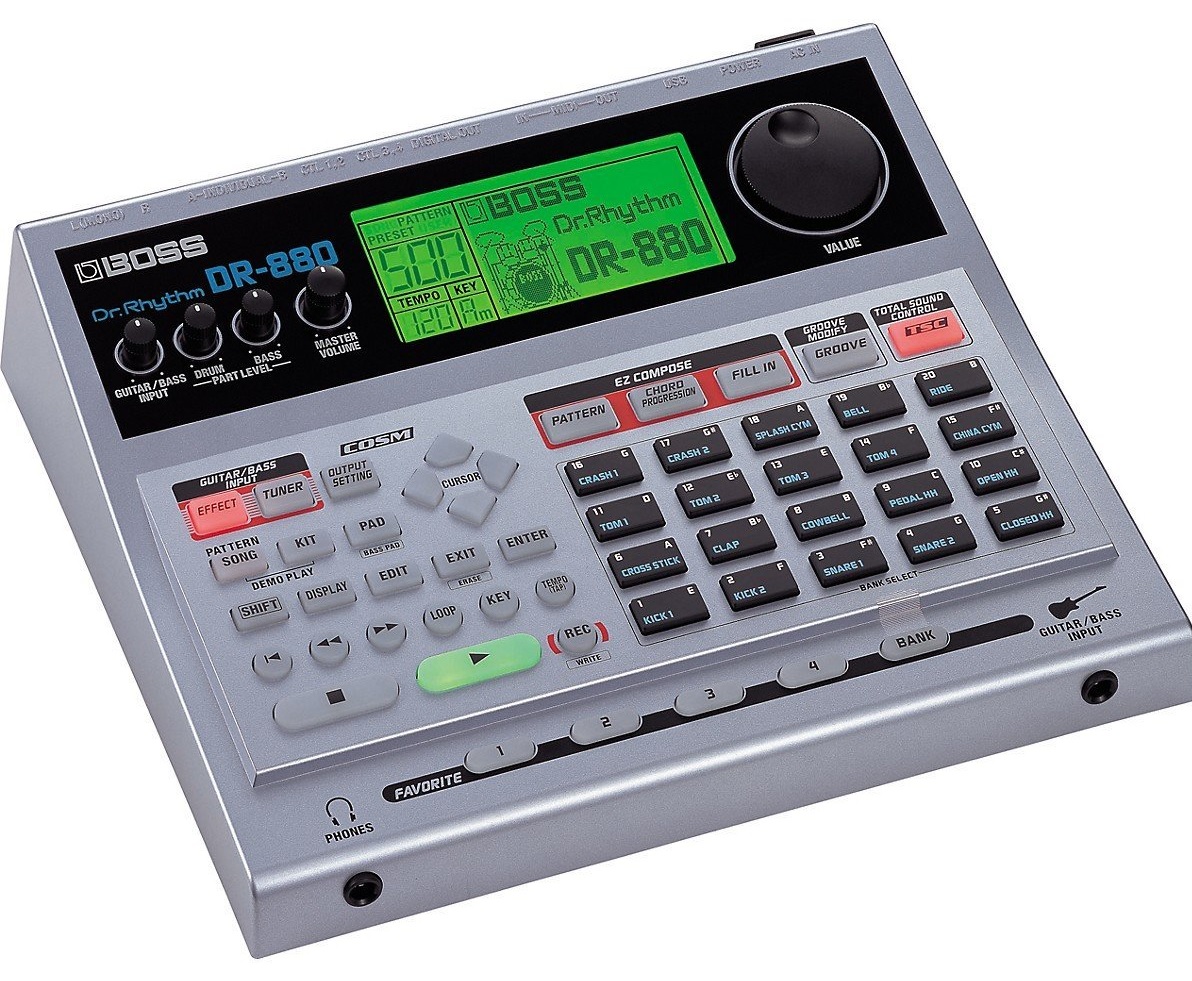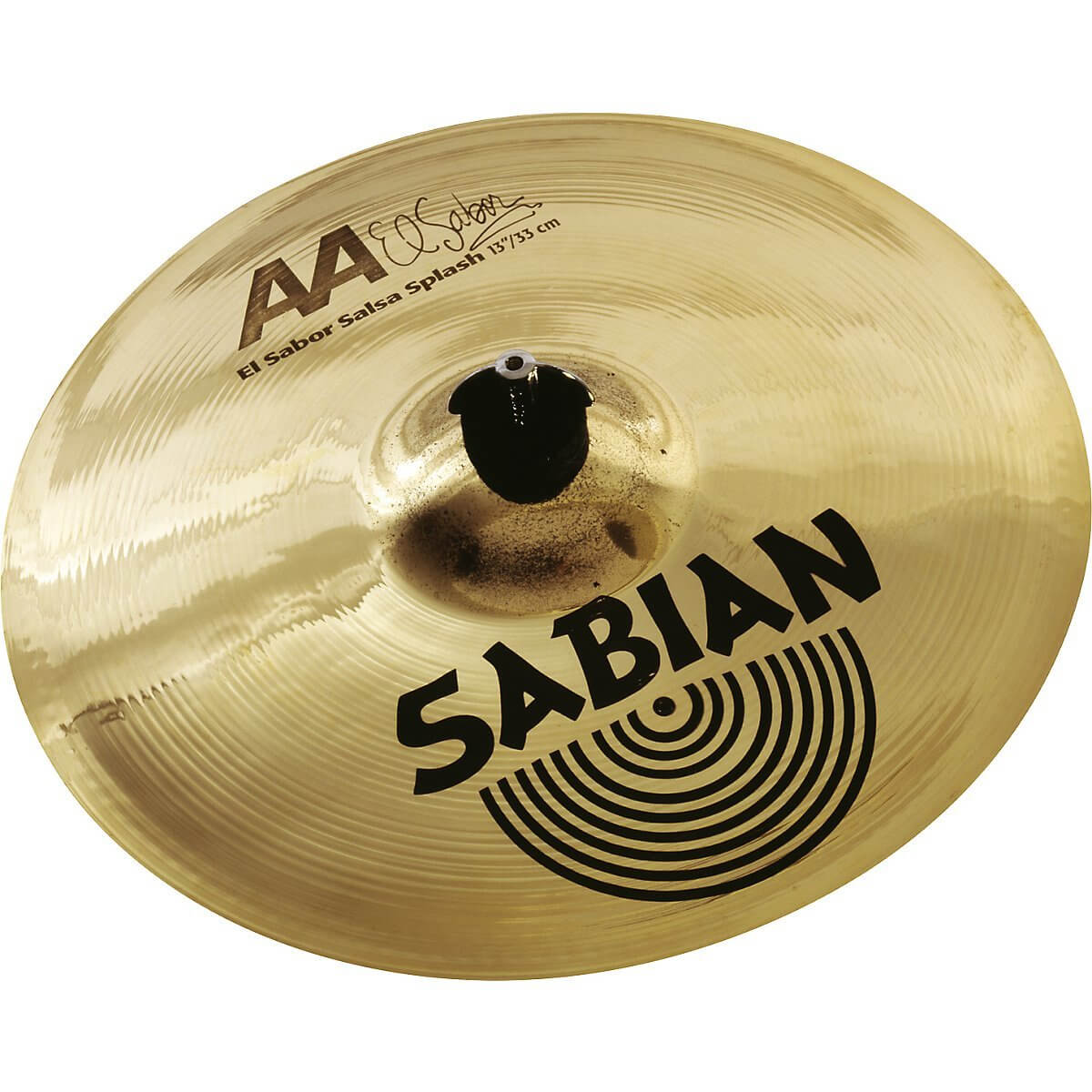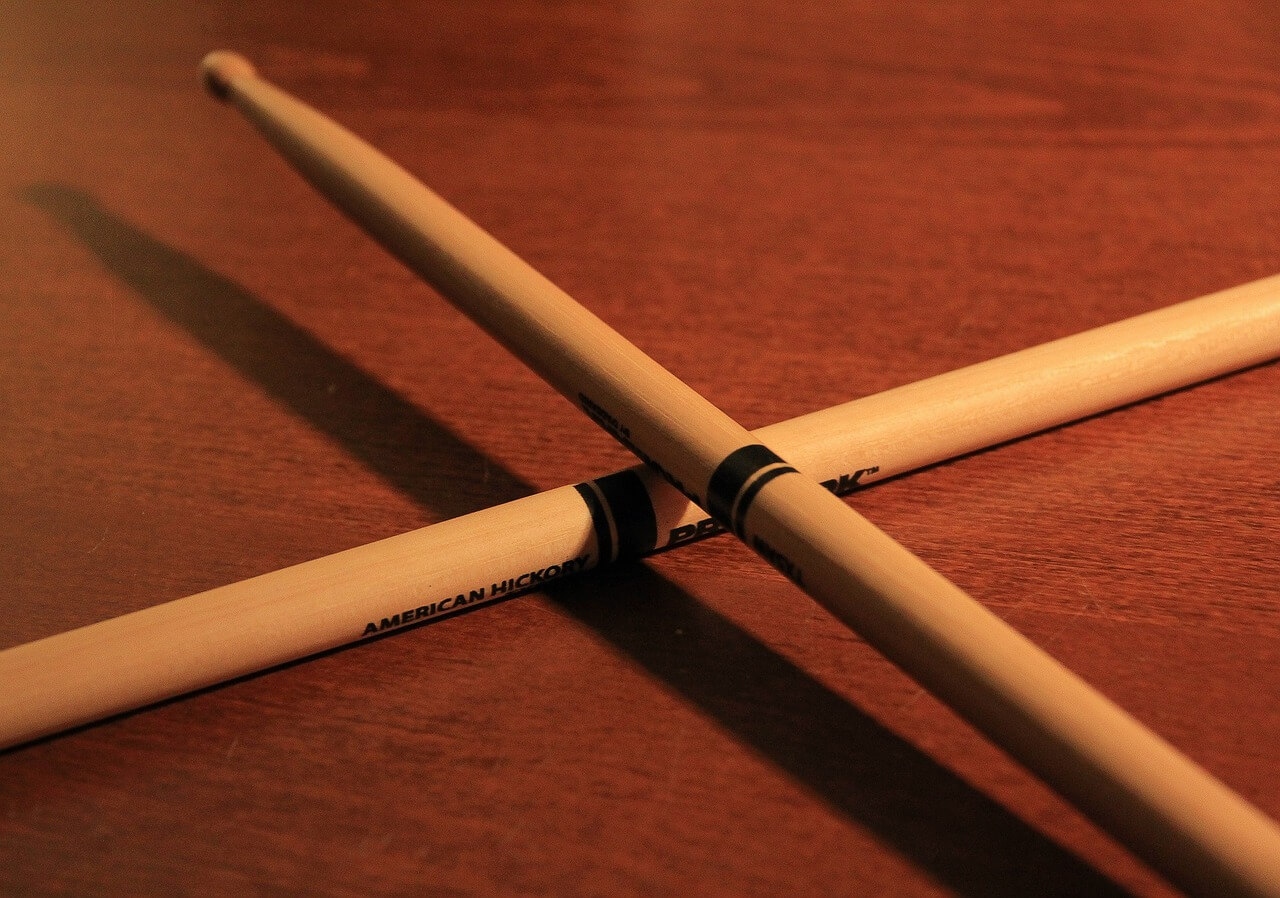Updated on August 6th, 2021
So you managed to piece together your first trap with parts from an array of broken and discarded kits. Or maybe you just have a snare or practice pad in front of you having been assigned to the percussion section by your beginning band teacher.
Whatever your origin story, you are now entering the family of percussionists who provide the heartbeat to all ensembles under the sun.
With sticks in hand and instrument in front of you, you naturally wonder, what next? Where do I go from here? You are in luck, we are here to help!
While every seasoned percussionist has his/her own set of important tips that may enhance the percussive experience, there seem to be a short list of tips that will help you to improve on your craft!
Read Music!
Everyone lauds the musician who has an impeccable ear and an uncanny ability to repeat every passage of music from memory.
Congratulations if this is you. For the rest of us – which is most of us – it is important to absorb the nuances of musical notation while learning how to play percussion instruments (or any other instruments for that matter).
This implies an everyday engagement with music theory. If you happen to be taking formal lessons than you are already learning theory but if you are working on your own, you will want to be sure to learn how to read music and get a handle on music theory.
Seek out support on YouTube, a theory blog or purchase some theory books.
If you have the means, hire a personal instructor who will not only teach how to play your instrument but will also show you the ins and outs of key signatures, time signatures, chord progressions and the like.
Exposure to and gradual mastery of music theory will make you a better percussionist because you will come to understand how your portion of the ensemble piece works within the scope of the entire score.
Warm-up and Stretching
Like the athlete, the percussion student will constantly work a particular set of muscle groups associated with the percussive arts.
Before the first drumhead is struck, the percussionist should engage in light exercise to promote healthy breathing and to begin to stretch pertinent muscle groups.
Examples of beneficial/light exercise include walking, jogging and the use of free weights that target the extremities.
Many professionals also adapt a consistent and intensive meditative practice. A sitting or walking meditative practice affords the percussionist a state of relaxation before engaging in the intense movements and concentration required for percussion studies and performance.
Posture and Balance
Good posture and balance practices will provide the percussionist with comfort and versatility when practicing the craft.
Whether sitting at a trap or standing above a snare, quint or other instruments it is vital that the percussionist keep the shoulders rolled back and the torso in a non-slouching position.
Proper posture insures that the musician strikes the playing surface with the correct motion and angle of attack. A straight back allows the percussionist to use core muscles to power the drum strike instead of lower back muscles.
The use of core muscles creates greater dynamic control and also wards-off pain and muscle stiffness.
Most percussionists do not arrive at the task with perfect right/left balance in the extremities. Generally, one set of extremities, like the right side or the left side, tend be the musician’s dominant extremities meaning the musician exercises greater control and power through the extremities on this side of the body.
The weaker extremities must be targeted for greater control and strength if the drummer seeks to master percussive tasks that require a significant range of motion or engagement with a complex piece of music literature.
Ambidexterity is possible if the muscle groups on the weaker side are targeted through weight training and “single hand” etudes and rudiment studies.
Loosen Your Grip
Many novice drummers make the mistake of clamping down on their sticks as they are playing the snare, trap or other instrument within the percussion family.
Afraid that they may drop or toss the sticks while striking the playing surface, these newbies become white-knuckled causing unnecessary fatigue and diminished performance.
A loosened stick grip means loosened muscles and ligaments. With less impact on the player’s extremities and musculature, soreness is kept at bay allowing the percussionist more time at the instrument before rest is needed.
A relaxed grip also enhances drumming speed. When sticks sit softly within the percussionist’s grip, the stick will bounce off the drumhead after strikes.
This bounce response affords the percussionist a quicker response time for subsequent percussive strokes. Conversely, a rigid and tense stick grip will make the sticks “heavy,” thus slowing response time and overall drumming speed.
Rudiments
While wind players use long tones and scales to enhance intonation and overall note production, percussionists are well-served by working through rudiments daily.
A rudiment is a fundamental passage of drum strokes that function as a foundational piece for more complex percussive passages.
Most professionals recognize 40 essential rudiments with the 7 stroke roll and roll stroke being among the most common and recognizable.
Like the wind player’s scale studies, a percussionist’s rudiment work necessitates memorization, experimentation, and significant rehearsal.
As the drummer masters the easier rudiments in the repertoire, he or she should add more rudiments to the routine.
Before rehearsing assigned music or a piece that interests the performer, rudiments should be used as a part of a daily warm-up routine. This regiment of rudiments will prepare body and mind for the “meat” of the rehearsal.
Final Thoughts
Percussion is an exciting, important, and cathartic member of the instrument family. As is also the case for its neighbors in the wind section of the ensemble, percussion instruments can be mastered with patience and a willingness to embody tasks that deepen skills.
Percussionists should also listen to what seasoned musicians say about the art. Embody the tips of the masters, friends and be willing to offer your tips and mentoring to the percussive circle when you “arrive.” As always, happy playing.
More to read:
Best Drum Cymbals To Rock Out With.
We hope you love our reviews! For your information, we do earn money from commission in the link in the content! For more information click here!













